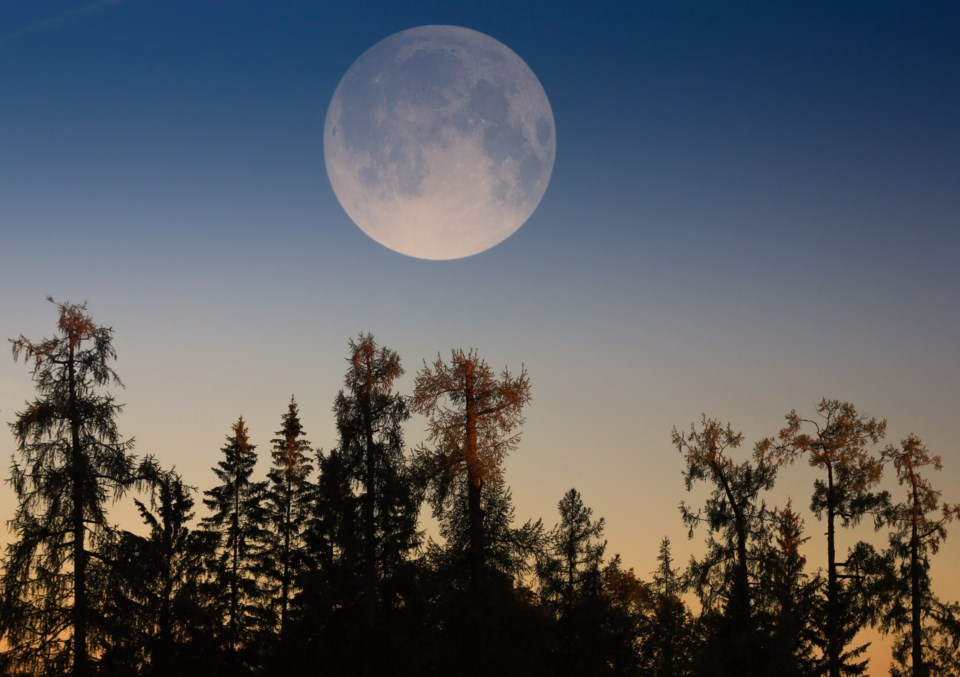While it won’t be a super blood wolf moon with a total lunar eclipse, February’s full moon will be the biggest supermoon of 2019.
It takes place on Feb. 19 and is commonly known as the Full Snow Moon in North America; however, the February full moon goes by many names across the continent and around the world. Further, the moon will appear at its fullest at 7:53 a.m. in the morning, but it will appear full throughout the duration of the night.
EarthSky notes that astronomers usually refer to supermoons as perigean full moons — a term that simply refers to the moon being "near Earth."
There are three supermoons in 2019 — the first took place on Jan. 21 and coincided with a total lunar eclipse, and the third will take place on March 21. February’s supermoon will be the closest to the Earth and therefore appear the largest of the three.
Supermoons also have an effect on the ocean — they result in unusually high and low tides.
“These extra high spring tides are wide-ranging. High tides climb up especially high, and, on the same day, low tides plunge especially low. Experts call these perigean spring tides, in honour of the moon’s nearness,” explains EarthSky.
Stargazers should opt to travel as far away from city lights as possible in order to avoid light pollution that will obscure the clarity of heavenly bodies. While this works best the in more remote places, anywhere that has a higher elevation will also provide more ideal viewing conditions.
— Elana Shepert, Vancouver is Awesome

